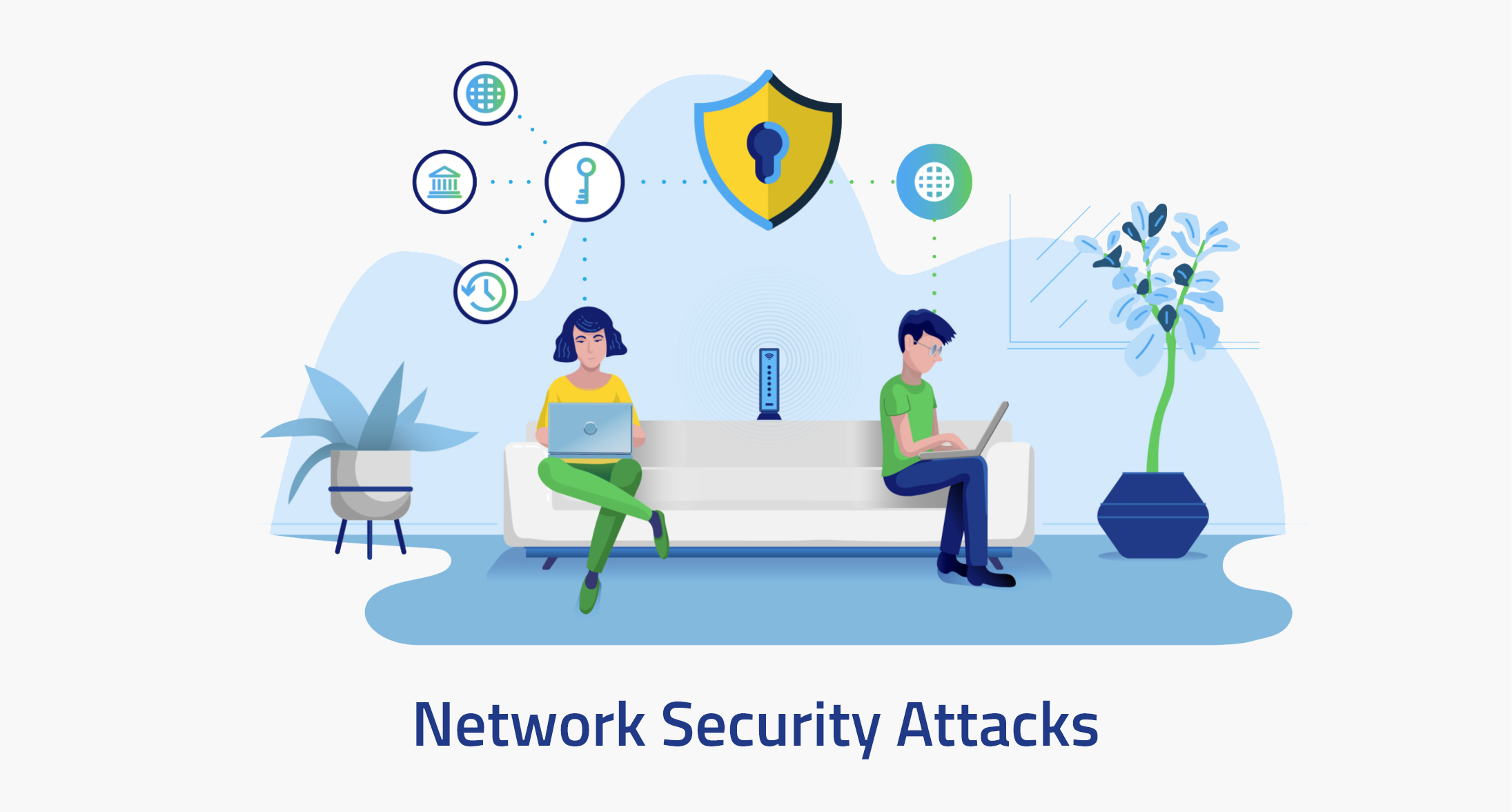

In the era of the digitally advanced world, technology has not only upgraded our lifestyle but has also enhanced the work culture of every organization. On the contrary, as we are moving towards creating and introducing next-generation technologies, cyber risks to security postures of organizations are also increasing. Cybersecurity subsets like network security, IT infra, web and application security, cloud security, etc. are the most essential security assets for any organization. They require regular maintenance and vulnerability patch up so that there is no room for any vulnerability. Failure to do so can result in an irrecoverable data breach, dangerous cyberattacks, data manipulation, loss of revenue, customers and reputation.
Today, the cybercrime landscape has evolved to such an extent that cyber threat actors are not sparing any opportunity to deploy cyber attacks on organizations and exploit their data. It is necessary to start implementing security solutions to safeguard the organization against cyber risks.
But the foremost thing to do is to understand what is the most basic but critical subset of cybersecurity and what are the cyber risks associated with it!
Table of Content
Role of Network Security in Cybersecurity
Among all essential subsets of cybersecurity, network security stands out to be the most crucial subset of cybersecurity. The network security aims to secure data sent through devices in the organization’s network by ensuring that the information sent was not altered or intercepted during the process.
Its major role is to protect the IT infrastructure of the organization from following cyber threats:
- Malware
- Adware and spyware
- Zero-day attacks
- Trojan horses
- Hacker attacks
- Computer viruses and many more cyber attacks.
Technically, network security is a vast term, consisting of a multitude of technologies, devices, and processes. It includes policies and practices that are used for preventing and monitoring unauthorized access grants, misuse, alteration or denial of computer networks and related accessible resources.
It monitors the authorization of access to data in the network that is controlled by the network administrator. Users either choose or are provided with authenticating information or ID and password or authentic information that allows access to data or programs, within the authority.
In simpler terms, network security is a set of configurations and rules that are designed to safeguard the integrity, confidentiality, and accessibility of computer networks with the help of software and hardware technologies.
Every organization, irrespective of landscape, industry or infrastructure, is required to implement standard network security solutions as a prevention against the evolving landscape of cyber threats today.
Seeing the current situation and increasing the scale of cyberattacks amidst the pandemic, it is very important for anyone working in network security to be aware of the network-related cyberattacks. Let’s process further to understand and learn about the major network security attacks.
The 5 Major Types of Network Attacks
- Brute Force Attacks: A brute force attack is an attack where cybercriminals use the trial-and-error method to decode a password, username, PIN or find a hidden web page with automated software to check large numbers of possible combinations. Though it is an old attack method, it is still effective and very popular among hackers. In this attack, hackers are not required to trick users into downloading malware or any other related practices involving users for stealing passwords.
- Distributed Denial-of-Service (DDoS) Attacks: Denial of service attacks or DDoS attacks are one of the strongly evolving network security attacks, today. The DDoS attack overwhelms the resources of a system so that it stops responding to the services of the system. Resources like websites, game servers, DNS servers, etc. are basically flooded with traffic with the goal to slow down or crash the system. DDoS attacks are launched using other host machines that are typically infected with some malicious software that is controlled by the attacker.
- Man-in-the-Middle Attacks: Also known as the MITM attack, it is an attack where the hacker eavesdrops the communication taking place between a client and a server. Here the attacker secretly alters the communication taking place between two parties, who are in a misconception that they are directly interacting with each other. This attack involves three types of individuals. In a successful man-in-the-middle attack, the interception is not the only task to be accomplished. In this attack, hackers make sure to decrypt the encrypted data in order to read and act upon it.
- Packet Sniffer: The packet sniffing attack corresponds to data theft or interception by capturing the network traffic with the help of a sniffer. Sniffer is basically an application that captures network packets. When data is transferred across networks, it is broken down into data packets or small units. These data packets are not encrypted when they reach the receiver and therefore can be read by using sniffing. Just like eavesdropping, the data packets are compromised during the process by a third party. With the help of a sniffer application, the attacker can analyze and gain information from the network, eventually causing the network to crash or become corrupt.
- Malware Attacks: The term malware originated from combining two terms, malicious software. It is the application that is created with a motive to harm, hijack or spy on the system infected by a virus or containing vulnerabilities. The malware attack is deployed by cybercriminals who create malicious software with the intention to install on the victim’s device without his/her knowledge. The sole purpose of doing this is to gain access to their personal, financial or confidential information. There are three common carriers to spread malware:
-
- Phishing emails: A social engineering practice of sending fraudulent emails to victims in order to trick them into downloading malicious email attachments.
-
- Malicious websites: Cyberattackers set up websites that include malicious software that is disguised as legitimate downloads to misguide users.
-
- Malvertising: With the help of advertising networks, cyber threat actors deploy malicious ads that redirect users to malware-hosting websites.
Prevention Against Network Security Attacks
Network architecture in today’s date has become complex and is faced by a threat environment. This environment is always changing and evolving with cyber attackers trying new ways to exploit vulnerabilities. Such vulnerabilities can exist in various areas or sections including devices, data, applications or even users. That is why cybersecurity firms have been introducing numerous tools for network security.
Moreover, as these network security attacks are increasingly evolving day by day, it is important to check for vulnerabilities existing in the network security at regular intervals. Because it takes a few minutes of downtime for attackers to cause widespread disruption to an organization’s reputation and data.
As a business owner or an employee, it is important for every working individual to stay familiar with all the ways hackers can use to deploy network attacks. In the same way, it is important to stay one step ahead of these cyber crooks.
There are several preventative measures like cybersecurity awareness for employees to help them become proactive in mitigating cyberattacks. Also, with the help of the risk assessment tool, the level of vulnerability and potential risk factors in an organization can be determined too.
Apart from that, network security services like periodic network penetration testing are the best way to mitigate all cyber risks. For cybercriminals, poorly managed networks are the easiest targets to deploy attacks. Especially, unsecured wireless networks are highly vulnerable to network attacks like MITM, DDoS, Deauthentication attacks, Snooping, etc.
In today’s date, protecting your network is crucial. There are other ways too to ensure proper network security such as:
- Use of virtual private network (VPN)
- Ensure proper network control
- Setup strong and hard to decode passwords
- Install firewall
- Conduct regular maintenance of networks
By following these best practices, one can not only prevent network security attacks but can also have a cyber-resilient working culture in the organization.
The sudden outbreak of the COVID-19 pandemic has also adversely affected cybersecurity today. Cybercriminal, being opportunistic destructors have started misusing the pandemic to deploy cyber attacks. With zero firewalls and a lack of cyber-secure infrastructure, they are easily able to target employees working from home.

In this sensitive situation, it is time for all of us to stay cyber aware and secure while working from home. Organizations are expected to take the initiative to educate employees with proper cyber awareness training and help them in combating these prevailing cyber attacks.
There are various options where organizations can help employees in becoming cyber aware such as a gamified quiz to identify phishing attacks, virtual cybersecurity awareness training, implementation of DMARC to mitigate email spoofing, etc.
What all network security practices should an organization follow or implement? Tell us your views on it by commenting in the comments below.
Do You Know
Who Is The Weakest Link In The
Cyber Security Chain?
You will be shocked but…it is your EMPLOYEES!
Make your employees proactive against prevailing cyber attacks with ThreatCop!

